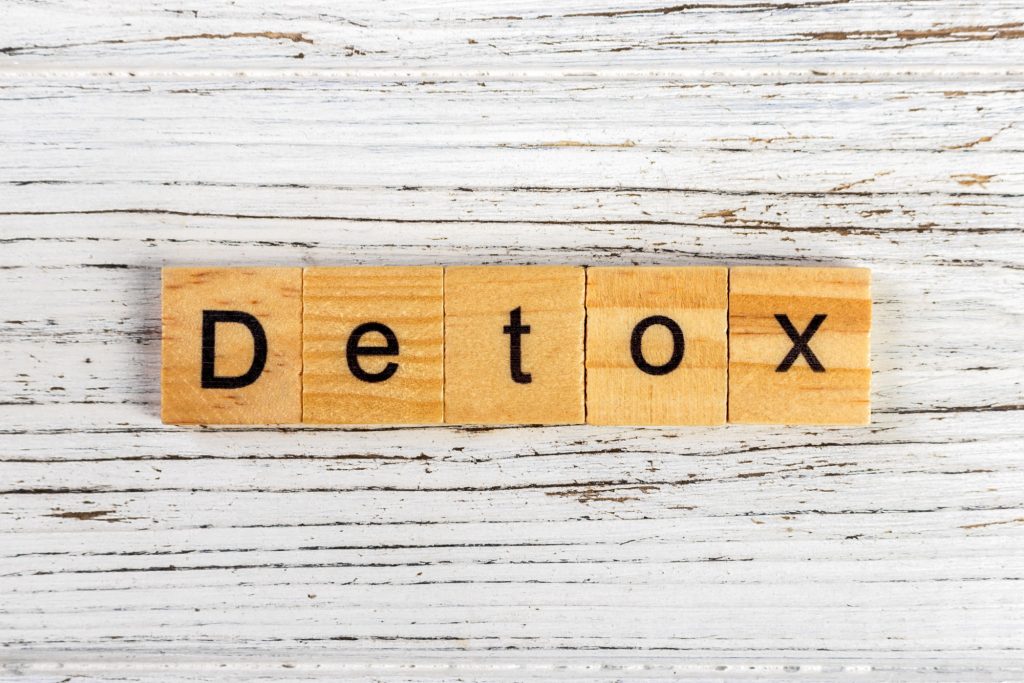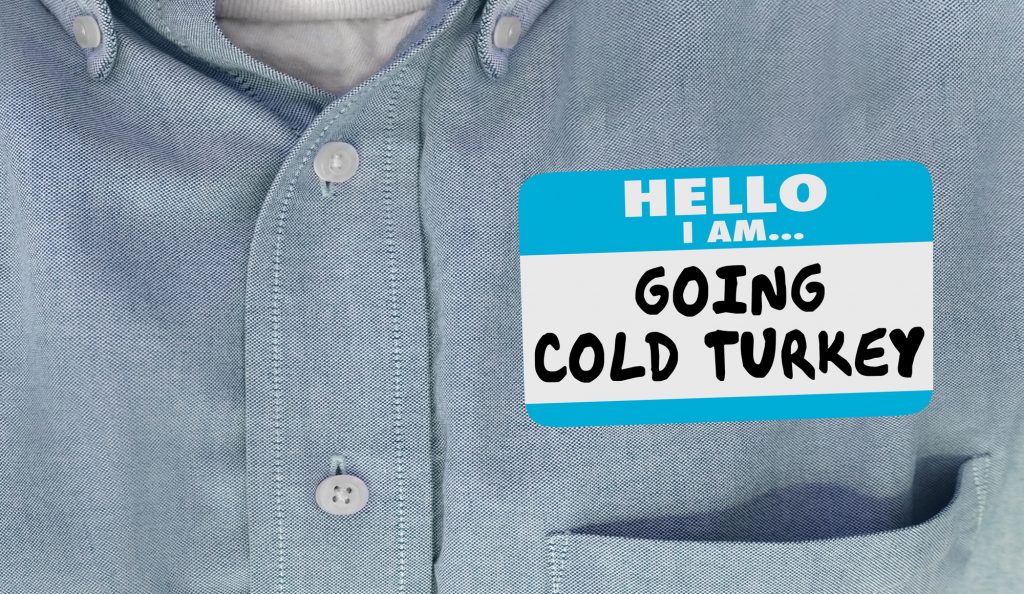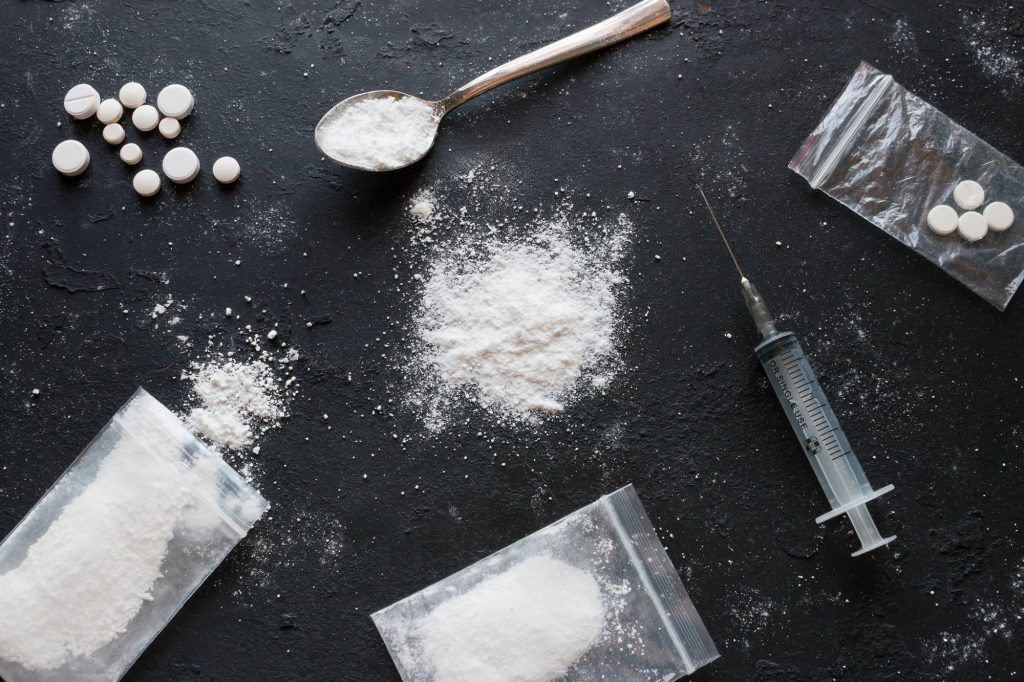How Addictive is Kratom – It can Replace an Opiate Addiction.
Kratom is a hope-inspiring substance for many struggling addicts.
It can help life-long opiate addicts quit their painful addictions and save their lives. It’s safer, more natural, and above-all-else a smarter choice than most opiates.
But kratom is an addictive substance itself. Sometimes it merely replaces one addiction with another.
Like any other drug, it’s not without its drawbacks!
This begs the question: How addictive is kratom? And what do you do if you find yourself addicted? Keep reading to find the answer.
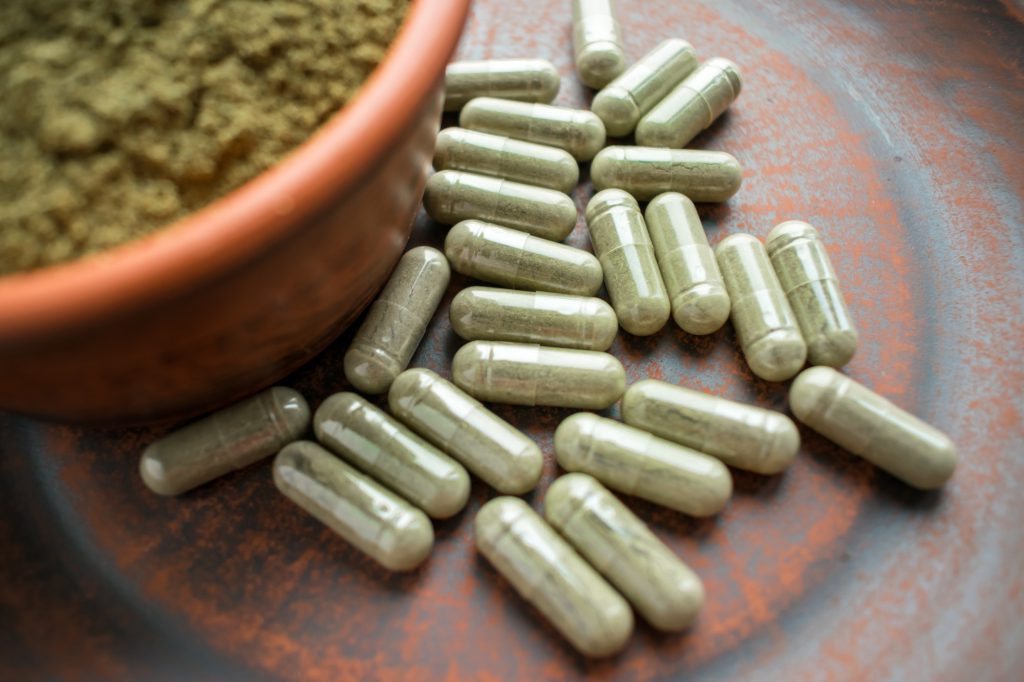
Why Do People Use Kratom?
Kratom is meant to be used as an alternative to opiates. People suffering from opiate addiction sometimes turn to kratom to get off the more deadly opiate.
The drug provides similar effects and gives users relief from withdrawal symptoms in a safer way.
Kratom is more natural than a processed opiate like heroin. Its leaves can be eaten, brewed, or taken in pills. This makes it easy for anyone to take.
Some doctors are wary when it comes to recommending kratom, though.
Some patients get carried away with kratom and end up replacing their opiate addiction with it, rather than using it to ween themselves into sobriety.
While kratom is natural, it still gives a user the same effects as opiates, meaning it’s just as tempting for a seasoned addict to abuse.
How Addictive Is Kratom?
Taking any mind-altering drug, including kratom, changes the brain’s natural chemistry.
Kratom fills opioid receptors in the brain, giving users a rush or high similar to heroin.
Like other opiates, your body can become used to these highs and start to crave them. The brain adjusts to the opiate and comes to expect them.
Without giving the brain what it wants, a user can experience symptoms of withdrawal and adverse effects on their health.
Some symptoms of kratom withdrawal include:
- insomnia
- irritability
- aggression
- aching muscles
- jerky movements
Measuring “how” addictive a substance is is difficult, and really depends on the person. Some people have more addictive personalities than others.
Although, no matter what your personality, addiction can happen to anyone.
Kratom addiction is on the rise. Kratom is openly sold in most states. This means curious teens can easily buy it for recreational use rather than for opiate recovery.
It should not be assumed that kratom is any less addictive than any other opiate. It’s simply better for you, and less likely to be tainted or end a user’s life.
With any drug comes the risk of addiction, whether it’s something common like caffeine, or more uncommon like kratom.
24 Hour Drug Rehab Hotline – Get Help Now
877-651-3366
What Makes Kratom Addictive?
Kratom is addictive for the same reason any opiate is. Opiates offer a user euphoria, relaxation, and psychoactive effects. They give the user a high that is hard to find in other drugs.
If a user suffers from depression they may become especially hooked on the feeling that opiates give. Opiates tend to mask pain both physical and mental, which is a desirable state for many.
Kratom is an interesting opiate. In lower doses, it offers stimulating and energizing effects. In higher doses it relaxes the body, making you sleepy, euphoric, and relaxed.
This means users can get addicted to kratom as either a stimulant or a relaxant. Other opiates are much harder to control on this level, giving kratom an interesting up-side for opiate lovers.
Many people start using kratom on a doctor’s recommendation. In this case, the doctor will usually tell the patient what dosage to take. But this isn’t always the case, and not everyone follows orders.
Some people will start using kratom on their own to deal with their addiction, or simply for recreational purposes. This is always more dangerous, as the user is given no solid guidelines.
There is no doctor to monitor how the user is adjusting to the drug or to recommend a safe dosage.
Like any other drug, kratom is addictive because it feels good to take. Plus, it’s cheaper than opiates, natural, widely legal, and more versatile.
Can You Overdose on Kratom?
There have been several reports of kratom overdoses. The majority of these overdoses involved mixing other drugs, such as cocaine, fentanyl, and alcohol.
Because of this, it’s uncertain how much of a factor kratom was.
However, a small number of kratom overdoses only involved the use of kratom. This could have been due to the user dosing too high, or buying a laced product.
Buying kratom for recreational use always runs the risk of ingesting unknown, harmful substances.
So, while you’re not likely to overdose on kratom, the official stance is unknown. More studies must be put into the subject, and more cases must be investigated.
Always be careful where you buy your kratom from, and only purchase from designated dealers with trusted backgrounds.
Immediate Placement Drug Rehab – Get Help Now
877-651-3366
How Many People Use Kratom?
Kratom use has risen in recent years. The drug remains legal in many states and countries and is fairly easy to get hold of.
Because of its abuse factor, some places have made it illegal, including Indiana, Wisconsin, and Vermont.
There has been a push to make kratom a schedule 1 drug. Schedule 1 is where the most addictive drugs are placed, including heroin and other opiates.
At the moment, kratom remains unscheduled. When it was announced that it might be scheduled there was a large outpouring of people who disagreed with the proposition.
Over 140,000 people signed a petition and got the proposition shot down.
To date, there are an estimated five million people who regularly use kratom. that’s a large portion of the population.
Many of these people use it to stay off worse opiates, and taking it away from them would risk throwing them back into their previous addictions.
The Signs of Kratom Addiction
Like any other addiction, the signs for kratom addiction can be subtle to the user but obvious to outsiders.
Signs and symptoms of addiction can vary greatly from person to person and be difficult to pinpoint. However, some of them show more than others.
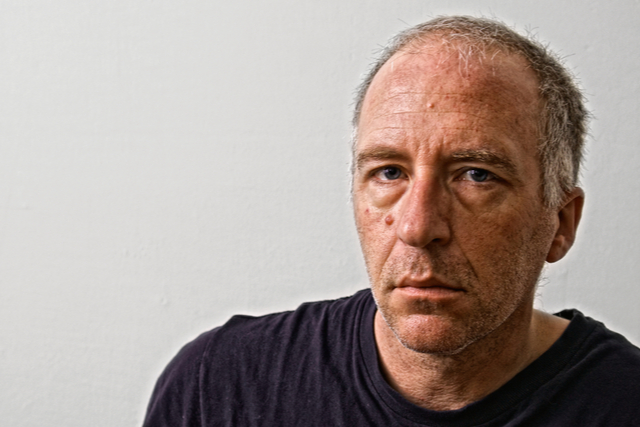
Dependency on kratom is the most obvious sign. If you feel the need to take kratom right once the effects have worn off, you could have a dependency.
If not getting the drug soon after its effects are gone causes irritation, mood swings, or discomfort, you could be addicted.
Spending more money than you can afford to on kratom is a sign, as well as a change in physical appearance. This means drastic weight loss or gain, or a reduction in personal hygiene.
One should also look out for irregular sleep patterns.
If you feel like you’re taking too much kratom, chances are you’re right. If your friends tell you they’re worried about your kratom use, that’s another reason to check yourself.
There’s a big difference between casual use and addiction, and it eventually shows itself.
How Is Kratom Addiction Treated?
There is no proven best way to deal with kratom addiction. But there are steps you can take to move away from addiction.
The first step is usually to decrease your use. If you’re used to taking large doses of kratom, start weaning yourself off.
Take smaller and smaller doses each time and your body will become less dependant on high doses.
The next step is to detox your body. Stop taking kratom and get all traces of the drug out of your body. Some medications can help accomplish this, as well as certain foods.
If the addiction is at an aggressive stage, rehab may be necessary. Rehabilitation centers don’t discriminate based on drugs.
Many will take kratom users just as readily as alcohol and heroin users, and help them find the environment they need to quit.
Behavioral therapy is also a big help in dealing with kratom addiction. Behavioral therapy targets a person’s triggers for addiction and looks to stop them.
It looks to rid a patient of their relapse triggers and let them know they don’t need the drug anymore.
If you suspect a loved one of being addicted to kratom talk to them about it. They may not see the signs or may be unwilling to accept them.
Intervention is an often necessary first step in squashing an addiction, even if it is an uncomfortable one.
Free Insurance Verification for Rehab – Get Help Now
877-651-3366
Addiction Happens
The simple answer to the question “How addictive is kratom?” is this: Just as addictive as any other opiate.
Just because something is natural doesn’t mean it’s good for you. Kratom has its upsides, but it also has its downsides.
Like any other substance, it’s important to moderate your use and fight against dependance.
If you or someone you love may be addicted to kratom, get the help you need.
Talk to them, seek rehab, and get the drug out of your system. You’ll be happy you did it in the end.
If you’re looking for a trusted rehabilitation center, see what we can do for you. Contact us with any comments, questions, or concerns.
We’d be happy to help.

